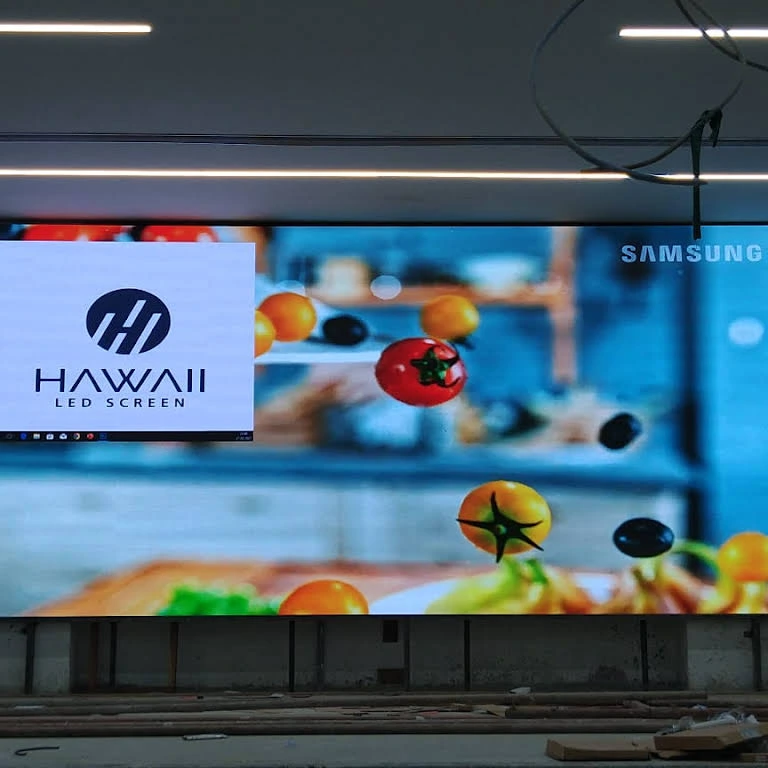- Industrial Area 4, Al Qusais, Dubai, United Arab Emirates
- uae@hawaiiledscreen.com
Blog Details
Led Screen Everything You Need To Know About

- Posted On 07 Apr 2022
#LEDwalls #LEDscreens #LEDvideowall #ledsignageUAE #ledscreensUAE #ledwallpanelsUAE #qualityledwallUAE #leddisplaypanelUAE #LEDoutdoorscreens #largevideowallUAE #ledscreenpanelUAE #ledscreendisplayUAE #leddisplayboardsUAE #indoorLEDscreenUAE #qualityhugeledscreen #ledwalldisplayscreen #LEDscreensuppliersUAE #LEDdisplayscreenUAE #qualityLEDvideowallUAE #qualityrentalledscreen #leddisplayscreenprice #LEDvideowallsuppliers #AdvertisingLEDscreenUAE #QualityOutdoorLEDscreens #topindoorrentalleddisplay #outdooradvertisingdisplay #bestoutdoorledscreenrental #Outdooradvertisingscreens #customleddisplaypanelUAE #ledscreendisplayboardUAE #digitalsignageleddisplay #advertisingscreenoutdoor #LEDscreensuppliersinDubai #leddisplayscreenpriceDubai #topindoorrentalleddisplayDubai #leddisplaypanelDubai #ledwalldisplayscreensDubai #customleddisplaypanelsDubai #indoorLEDscreenDubai #ledscreendisplayboardDubai #ledwallpanelsinDubai #QualityOutdoorLEDscreensDubai #leddisplaypanelDubai
LED screen items have become increasingly popular as LED screen technology has progressed. LED screen displays are important in today's company since they are an important aspect of advertising and mass communication.
LED screen, unlike letter track signage and LCD screens, have unique characteristics such as great brightness, low power consumption, and a longer shelf life. Two more distinguishing features of LED screen are their graphical and real-time display capabilities.
Businesses may communicate with their customers with LED screen, which are fantastic modern communication tools. These exhibits also serve to educate and raise awareness. LED screen signage, on the other hand, serve a specific purpose.
Outdoor and Indoor LED screen: What's the Difference?
LED screen displays are divided into two categories: indoor and outdoor. Both groups differ from one another in a number of ways. We'll go over each distinction one by one:
Appearance
Indoor LED screen can be recognised from their outdoor counterparts by their appearance, which is one of the most visible differences. Indoor screen are obviously smaller and more common in venues like churches, offices, conference halls, restaurants, shopping malls, and retail outlets. The larger one is intended for use outside. They are frequently utilised as highway billboards, stadiums, and outdoor festivals, to name a few applications.
Brightness
One of the most noticeable distinctions between indoor LED screen panels and outdoor LED screen is brightness. Because outdoor LED screen must compete with natural light sources like the sun, optimal brightness is critical. Outdoor LED screen of high quality are designed to produce up to 10,000 nits while consuming as little energy as possible.
LED video walls only need to be roughly a fourth as bright as an outside LED screen sign because inside conditions are much dimmer. Video panels in brightly lit locations can still be adjusted to adapt for ambient light, while those in darker areas can be lowered to prevent being overpowering.
Any LED screen sign should also be adjusted to the surrounding surroundings so that viewers aren't straining their eyes to read it or being turned off by dazzling brightness.
Resistance to the elements
Outdoor digital signage must be built to endure a wide range of weather conditions. Indoor signage, on the other hand, will not be exposed to the elements, thus certain safeguards (such as full silicone encapsulation, strong wall extruded aluminium cabinets, and tough, fade-resistant louvre blinds) are not required. Manufacturers can make indoor LED screen for a fraction of the cost of outdoor LED displays by eliminating these weather precautions.
Outdoor LED screen should also be leak-proof, waterproof, dust-proof, anti-sunlight, anti-lightning, and temperature-resistant. Indoor LED screens do not have the same level of protection as outside LED screen. Outdoor LED screens are usually more water-resistant than interior LED screens.
Resolution
Indoor LED screen, which are intended for up-close viewing inside malls, churches, hospitals, and sports arenas, sometimes demand greater resolutions than outdoor digital signs. Because indoor LED video walls are frequently at ground or eye level, they must provide a clear, sharp image for foot traffic.
Outdoor LED screen displays are used for a variety of advertising and communication purposes. As a result, they must be seen from a greater distance than their indoor equivalents, and hence have inferior resolution. Visibility is never a problem when it comes to outdoor displays. Because the distance between the viewer and the interior LED panel is shorter, a high resolution is required. The higher resolution ensures the finest possible picture quality.VVResolution
Integration of Design
When it comes to indoor LED screen displays, there are numerous design integration choices. Depending on the configuration and architectural requirements, indoor LED screen displays can be customised and constructed in a variety of ways. This is due to the fact that they do not require a cabinet to be installed. Indoor LED SCREEN are unquestionably great for imaginative installation. Furthermore, all assembly work is done on the job site, panel by panel.
Outdoor LED SCREEN signage, on the other hand, have a lot of flexibility. They are not, however, constructed panel by panel on the job site. Rather, even the most imaginative outdoor displays are packed or hauled in bulk. The entire installation is designed to look like a sign or billboard and is mounted on a wall.
